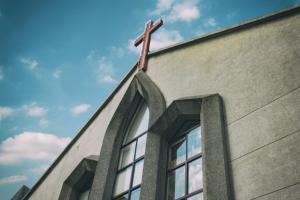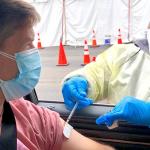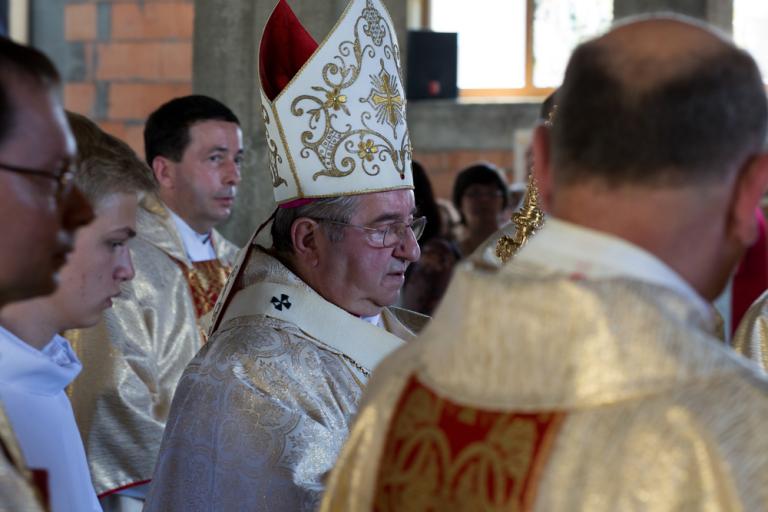
According to FBI statistics, there are over 150,000 criminal incidents at churches per year. Therefore, security is a vital part of your church’s management to keep people safe in their place of worship and prevent vandalism or theft.
So, how do you keep people safe in your church? How do you set emergency protocols?
Our guide to church security will help you to understand the solutions that are available to help you. Be sure to perform extensive research and get as much information as possible on managing your church security system.
How To Plan Your Church Security
If you want to create a safe and secure place of worship for the attendees of your church, you will need to take these steps:
Set Up Emergency Protocols
If a security threat or breach interrupts your church service, do you have procedures to follow? Who will call 911? Who will provide medical assistance?
It is important to assign roles that people should perform during an emergency, such as calling for help, reassuring the crowd, providing medical assistance, talking to the media, and providing security support.
It is helpful to review which staff and volunteers have experience in first aid and military or security experience so that you can delegate roles to the right people.
Create Easy Exit Points
If you highlight emergency exits in your church, you will make it easier for people to escape in dangerous situations.
You should also make sure to position the layout of your church to create clear pathways so that people can escape quickly.
Perform A Risk Assessment
Each building has its unique security requirements, which is why you will need to perform a risk assessment to identify areas that need added security. You will need an understanding of your building and a need for locks and cameras.
You will also need to identify what kinds of natural disasters could occur in your area. Flood security measures are very different from earthquake security measures, so the disaster-proofing will need to be specifically tailored for your building’s location.
If your church caters to a small community, you won’t need as many crowd control measures as a church located in a city, as there won’t be as many attendees.
Install A Security System
The easiest way to increase security measures at your church is to install a security system. An effective church security system will be an integrated system, with the following features:
•Access control – You can secure access to your church by using an access control system that uses mobile phone based access. Using mobile access will make it easier for new church members to register themselves and gain access. If you use access control, you can manage occupancy levels to ensure proper social distancing within your church and keep church guests safe.
•Emergency system lockdown – Having a security system with emergency system lockdown features allows you to react quicker and more effectively in emergencies. You can block access and get notifications and live video feed if glass breaks or gunshot triggers go off.
•Video cameras – If your church has video cameras, you will be able to identify the perpetrator of a crime. You can also get a video feed to accompany any security breach triggers to assess the risk and address it immediately.
•Two-way radios – if you equip your church with two-way radios, you will be able to contact staff members in the event of a security threat to inform them and quickly assemble a plan and assign roles.
If you invest in an integrated security system, all these features will be available on one platform, streamlining your access route to security information sources. In addition, this will make your security system more user-friendly for your security team.
Summary
It is always essential to prepare for a security threat in your church. When people visit their place of worship, they should be as safe as possible. The ways you can ensure safety include:
•Installing a security system.
•Performing a risk assessment.
•Having a plan in place for when a crisis strikes.













